Anurag A. Agrawal
Anurag Agrawal is an American professor of ecology, evolutionary biology, and entomology who has written over a 150 peer-reviewed articles,… more

Reposted by Anurag A. Agrawal

Courtesy of Sam Jaffe and the amazing #caterpillar lab in New Hampshire!
www.thecaterpillarlab.org
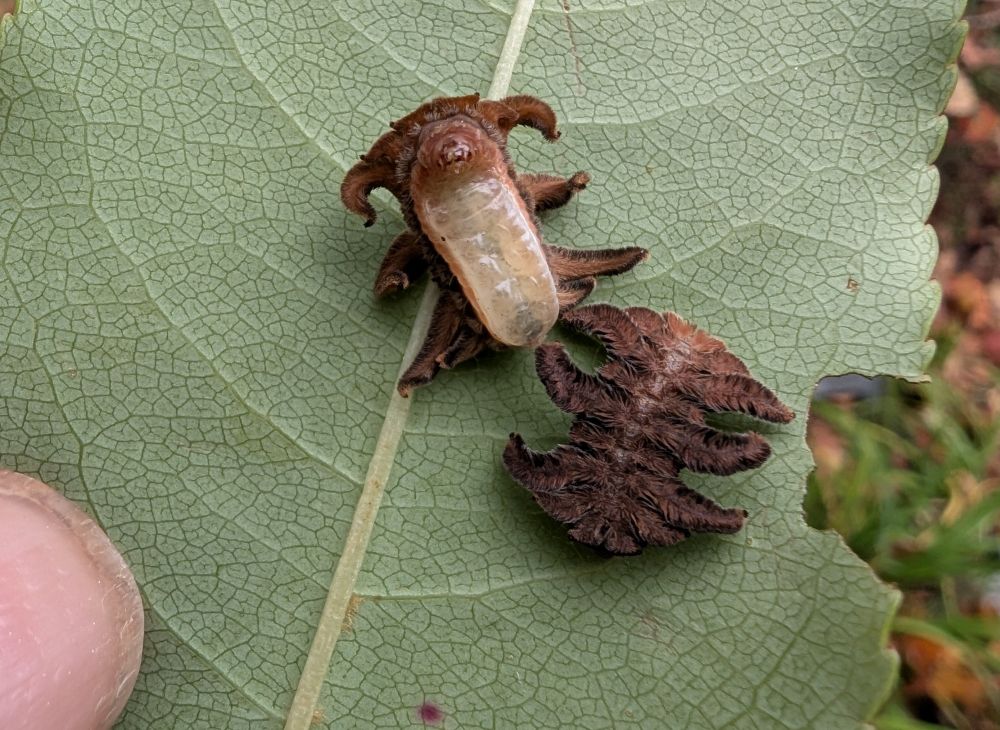








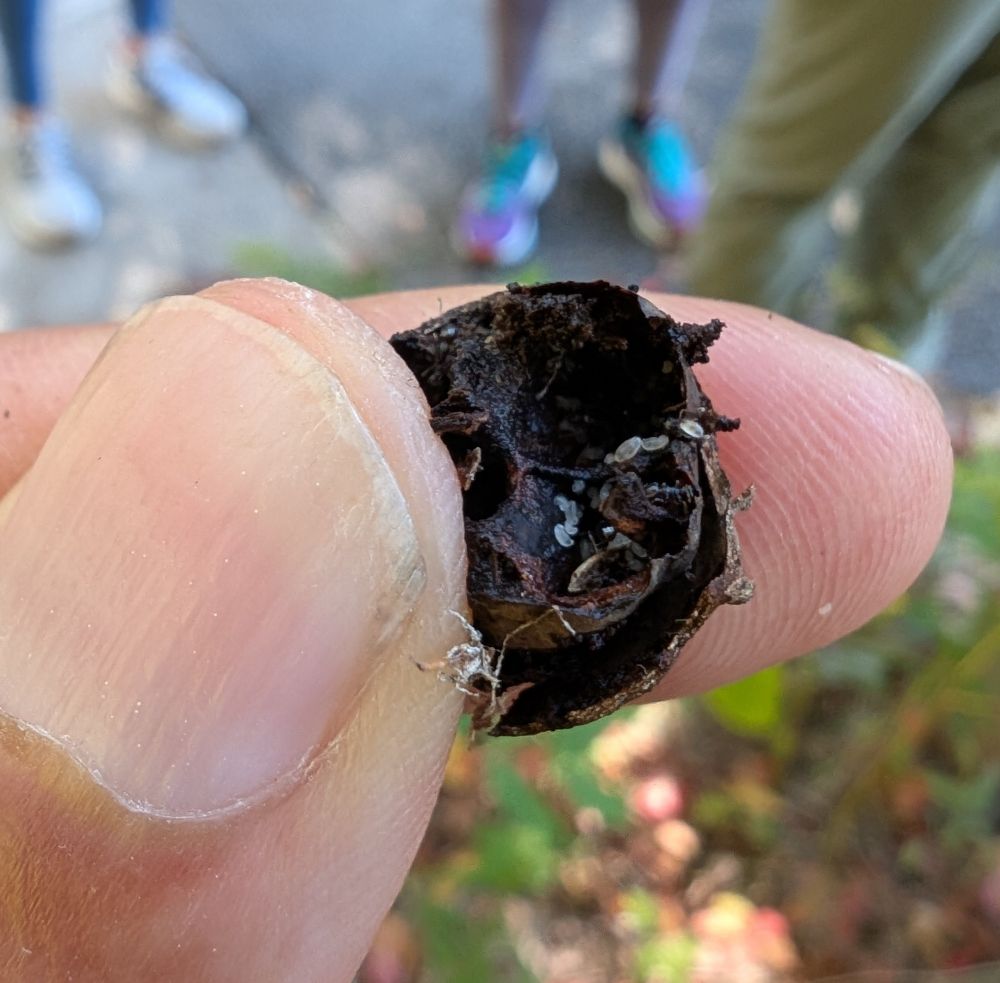





Cakile edentula, a sand loving semi-succulent #Brassicaceae. I knew this plant from the west coast; here on the shores of lake Ontario. Fruits have two-parts, one that breaks off and floats for water dispersal. immature silliques are edible, like radish pods



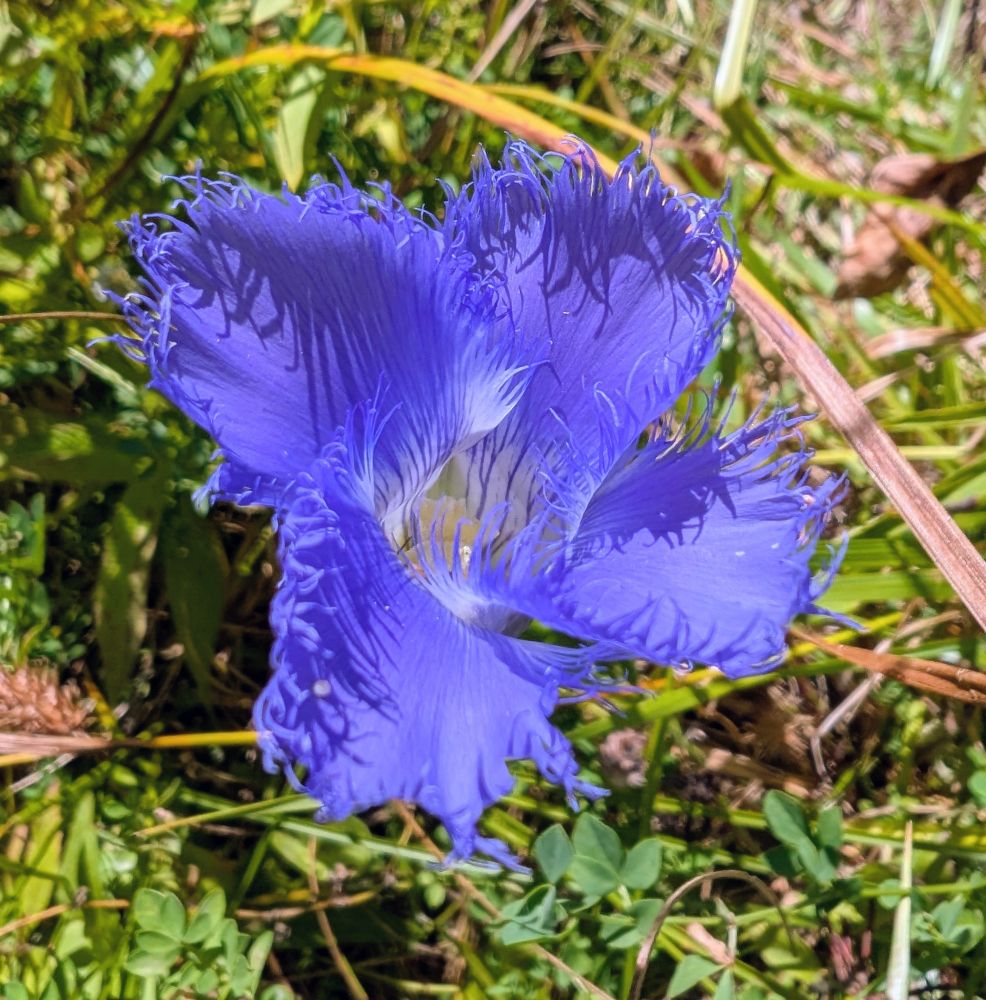

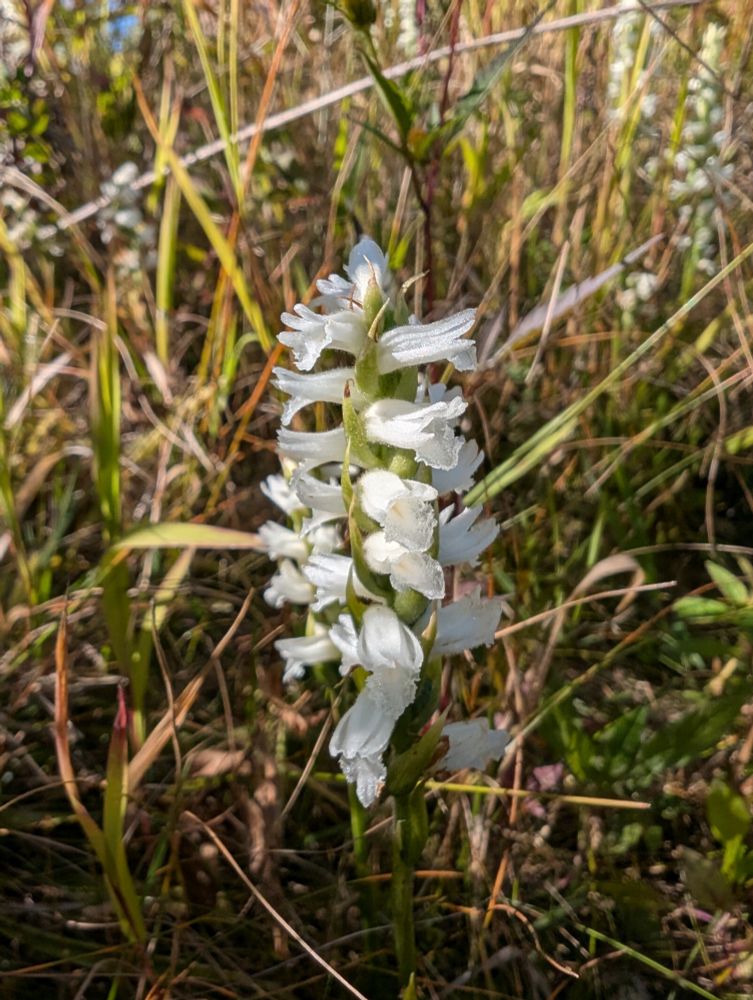
Reposted by Anurag A. Agrawal
First, an elegant change in direction and in sidewinding handedness, like the jibe of a sailboat. Then a startled squiggle as it realizes it's being followed.
Mojave Desert Sidewinder - Crotalus cerastes cerastes
#herps
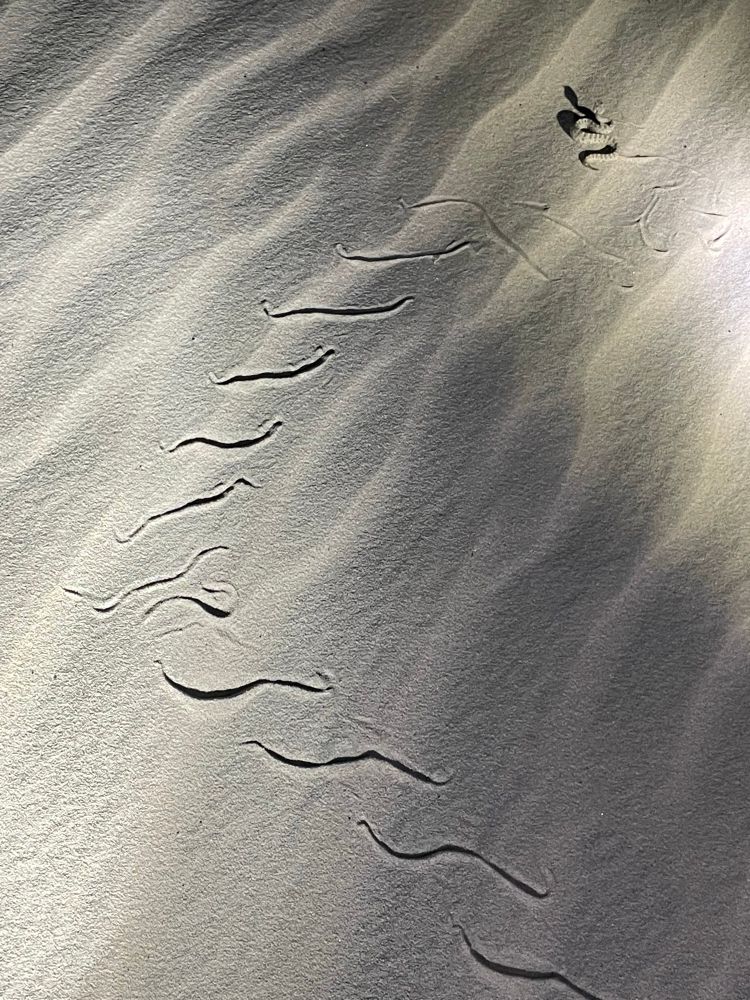



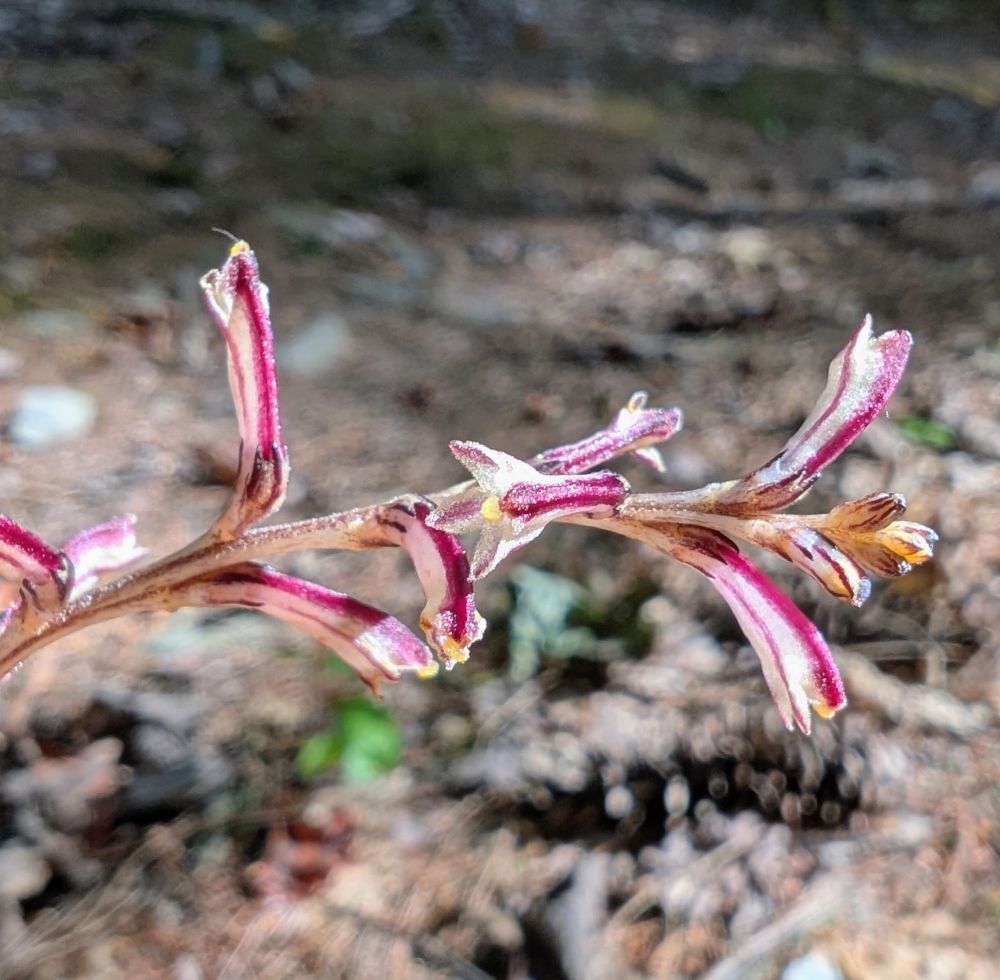


by Kelly R. Zamudio — Reposted by Anurag A. Agrawal
Reposted by Anurag A. Agrawal






